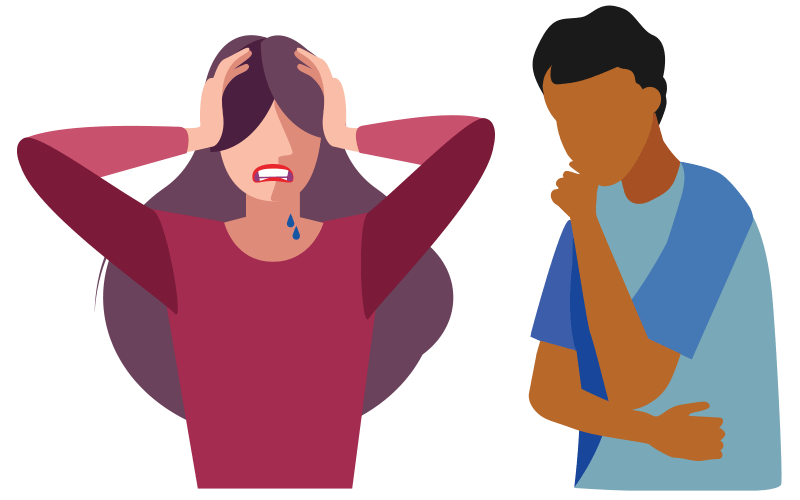How Does Anti-Oppressive Practice Intersect with Student Mental Health?
 The current model of mental health that is implemented on many campuses is a medical model. It takes a more individualistic approach to mental health and seeks to support students through biomedical and western, eurocentric treatments. This model does not include within its scope the cultural, structural, and societal factors that influence the mental health of students (Corneau and Stergiopoulos, 2012). Anti-Oppressive Practice, through its aims of correcting structural and personal power imbalances, takes a wider view of the potential causes of mental health issues by focusing more on how the systems and structures that we work within influence mental health and contribute to mental health outcomes (Corneau and Stergiopoulos, 2012).
The current model of mental health that is implemented on many campuses is a medical model. It takes a more individualistic approach to mental health and seeks to support students through biomedical and western, eurocentric treatments. This model does not include within its scope the cultural, structural, and societal factors that influence the mental health of students (Corneau and Stergiopoulos, 2012). Anti-Oppressive Practice, through its aims of correcting structural and personal power imbalances, takes a wider view of the potential causes of mental health issues by focusing more on how the systems and structures that we work within influence mental health and contribute to mental health outcomes (Corneau and Stergiopoulos, 2012).
Students from equity-deserving groups face an increased burden on their mental health issues because of the stressors they are exposed to based on their intersecting identities. Many of these students are impacted by stigma and discrimination that is rooted in racism, sexism, anti-2SLGBTQ+ sentiment, disability status, etc. This extra layer of stressors that students experience because of how they are treated based on their identities can impact their well-being. It can lead to things like deterioration of health status and increased risk of some mental health issues (Corneau and Stergiopoulos, 2012; CMHA Ontario, 2022). Students in equity-deserving groups are constantly having to defend themselves and adapt in the face of various forms of oppression. This continuous exposure to oppression can lead to exhaustion and psychological distress, as well as wider impacts on their well-being. It can also lead students to internalizing the negative thoughts others have about them, leading them to doubt themselves and question their inherent worth (Corneau and Stergiopoulos, 2012).
It is very important to note that the absence of students from equity-deserving groups amongst those accessing services, whether on campus or in the community, doesn’t automatically indicate a preference for taking on mental health issues by themselves or only within their communities. It is more often than not due to the fact that the services and programming that currently exist do not adequately meet their needs (Hulko et al. in Bains, 2017). Oppression can create barriers to accessing mental health supports and services. This can happen in several different ways. Students may lack information about services because they haven’t been actively engaged when these services were promoted. Dismissive attitudes from support providers in positions of power may sway students away from help-seeking. A lack of cultural humility or the presence of cultural mistrust may lead students to avoid services available on-campus. When it comes to community support, there may be financial constraints that impact students’ abilities to utilize these services.
The use of Anti-Oppressive Practices allows us to approach mental health in a way that considers the student in their entirety. When we are able to see students as their whole selves, we can better understand the impact that campus structures have on their lives.

